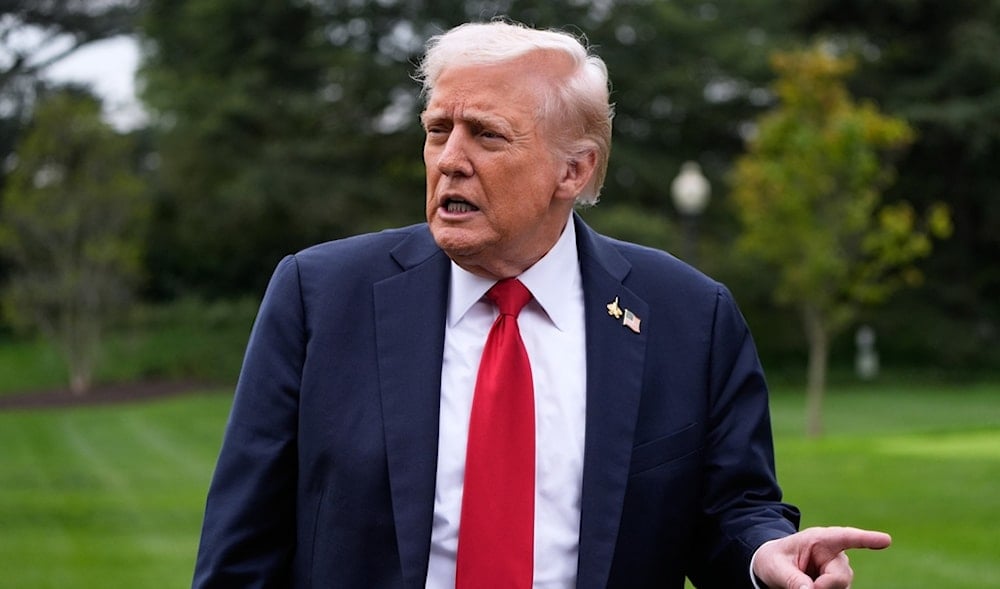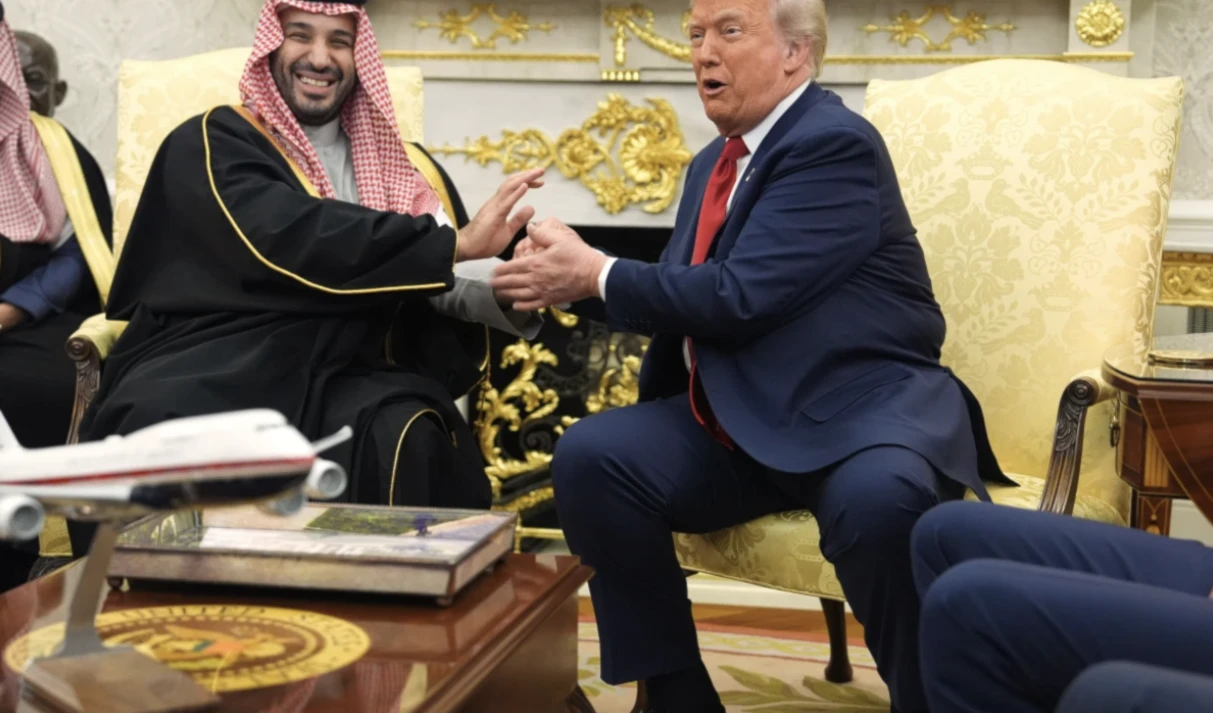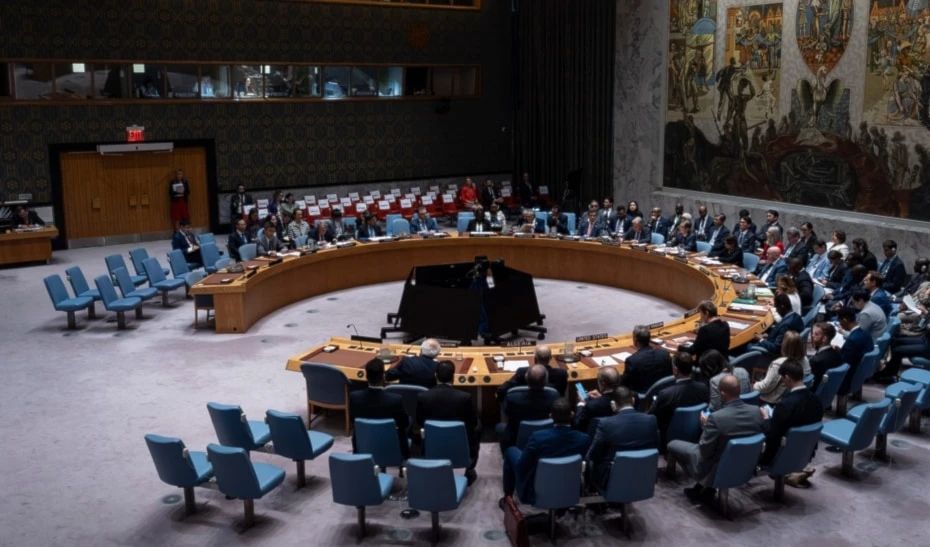US Senate rejects Republican bill to end government shutdown
The US Senate voted down a Republican stopgap funding plan, prolonging the government shutdown that has left federal workers unpaid.
-

President Donald Trump speaks with reporters as he walks from Marine One after arriving on the South Lawn of the White House, Tuesday, Sept. 30, 2025, in Washington (AP)
The US Senate on Wednesday rejected a Republican-backed stopgap funding plan aimed at reopening the federal government, prolonging the shutdown that began at midnight. The vote dashed hopes of a quick resolution to the budget deadlock, leaving lawmakers divided over how to end the crisis.
The Republican proposal sought to provide short-term funding to keep federal agencies operating while negotiations continued. However, it failed to secure enough support in the Senate, where Democrats criticized the measure as inadequate and called for a broader bipartisan agreement.
Senate Republican leaders, facing only one defector within their ranks, needed eight Democrats to back the House-passed funding bill in order to break the deadlock.
On Tuesday, three Democratic moderates crossed the aisle during an initial vote, raising GOP hopes that more defections would follow as the effects of the shutdown deepened. But Wednesday’s vote produced the same outcome, leaving Republicans short of the support they needed.
Democrats remain mindful that attempts to leverage government funding votes to force policy concessions have historically failed.
“Chuck Schumer, at the behest of a bunch of liberal far-left activist groups, has walked his Democrat colleagues into a box canyon. There’s no way out, folks,” Senate Majority Leader John Thune told reporters at the Capitol.
As the shutdown entered its first full day, nonessential government operations began grinding to a halt across the country. Hundreds of thousands of federal employees have been placed on furlough, leaving them temporarily without pay.
Agencies ranging from national parks to administrative offices have suspended services, while critical operations, including defense, law enforcement, and air traffic control, continue under emergency provisions.
Trump blames Dems
Blaming Democrats for the deadlock, Trump warned that the shutdown could be used to reshape federal priorities in ways that would undercut his political rivals.
"So we’d be laying off a lot of people that are going to be very affected. And they’re Democrats, they’re going to be Democrats," he told reporters in the Oval Office.
The president added, "A lot of good can come down from shutdowns," suggesting the interruption would allow him to "get rid of a lot of things we didn’t want, and they’d be Democrat things."
Health standoff
The dispute stems from Republican attempts to extend current funding into late November while discussions on a broader package continue.
Democrats, holding only limited influence in Congress, rejected the plan, insisting that billions of dollars for healthcare programs such as Obamacare must be restored.
Nearly all Democratic senators opposed the House’s short-term measure just hours before the midnight deadline.
The shutdown marks the first since the record 35-day closure nearly seven years ago during Trump’s first term, when disagreement over border wall funding froze government functions.
This time, the conflict centers on healthcare, with Democrats warning that the Trump administration’s moves to dismantle coverage for low-income households risk long-term damage.

 3 Min Read
3 Min Read










